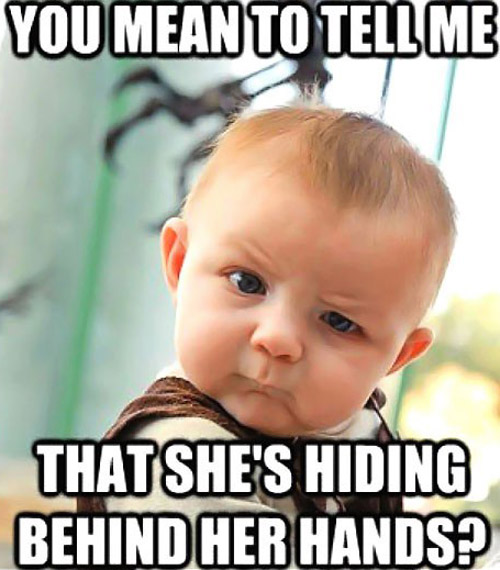
Baby Meme: The Evolution of a Viral Phenomenon
Introduction
In the vast and ever-evolving digital landscape, memes have emerged as a ubiquitous form of online communication, capturing the collective imagination and spreading like wildfire across social media platforms. Among the countless meme formats that have graced our screens, one particular image has stood the test of time, becoming an enduring symbol of internet culture: the Baby Meme.
Origins and History
The Baby Meme, also known as the "Success Kid," originated from a photograph taken in 2007 by Laney Griner, a mother from Jacksonville, Florida. The image depicts her 11-month-old son, Sammy, sitting in a highchair with a fistful of sand and a triumphant expression on his face. Griner shared the photo on Flickr, where it quickly gained traction and was eventually picked up by the popular image-sharing website, Imgur.
The Rise of the Baby Meme
In 2011, the Baby Meme exploded in popularity when it was featured on the social news aggregator, Reddit. Users began to caption the image with humorous and relatable text, often using it to express feelings of triumph, success, or determination. The meme quickly spread to other social media platforms, including Facebook, Twitter, and Instagram, becoming a global phenomenon.
Cultural Impact
The Baby Meme has had a profound impact on popular culture, transcending the realm of the internet and entering the mainstream. It has been featured in countless articles, television shows, and even advertisements. The image has become synonymous with success, perseverance, and the indomitable spirit of childhood.
Variations and Adaptations
Over the years, the Baby Meme has undergone numerous variations and adaptations. Some of the most popular include:
- Success Kid: The original image, typically captioned with text expressing triumph or success.
- Bad Luck Brian: A variation featuring a photo of a young boy with an awkward expression, often used to depict misfortune or failure.
- Socially Awkward Penguin: A meme featuring a cartoon penguin, used to express feelings of social anxiety or discomfort.
- Insanity Wolf: A meme featuring a photo of a wolf, used to depict extreme or irrational behavior.
The Power of Memes
The Baby Meme is a testament to the power of memes to capture the zeitgeist and resonate with audiences on a global scale. Memes have become a form of cultural expression, allowing individuals to share their thoughts, feelings, and experiences in a humorous and relatable way. They have the ability to transcend language barriers, cultural differences, and generational gaps.
The Psychology of Memes
The popularity of the Baby Meme can be attributed to several psychological factors:
- Relatability: The image of a triumphant baby evokes feelings of nostalgia, joy, and inspiration, making it relatable to a wide range of audiences.
- Humor: The meme’s humorous captions provide a comedic outlet for expressing emotions and experiences.
- Social Sharing: Memes are designed to be shared, fostering a sense of community and belonging among users.
The Future of Memes
As the internet continues to evolve, memes will undoubtedly continue to play a significant role in online communication. The Baby Meme is a prime example of how a simple image can become a cultural icon, capturing the imagination of generations to come.
Conclusion
The Baby Meme is a testament to the enduring power of internet culture. It has become a symbol of success, perseverance, and the indomitable spirit of childhood. Through its countless variations and adaptations, the meme has resonated with audiences on a global scale, transcending language barriers and cultural differences. As the internet continues to evolve, memes will undoubtedly continue to play a significant role in online communication, shaping the way we express ourselves and connect with others.
